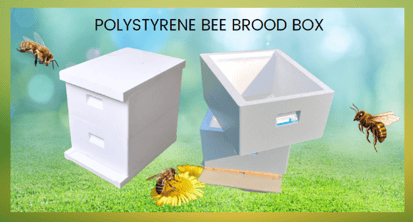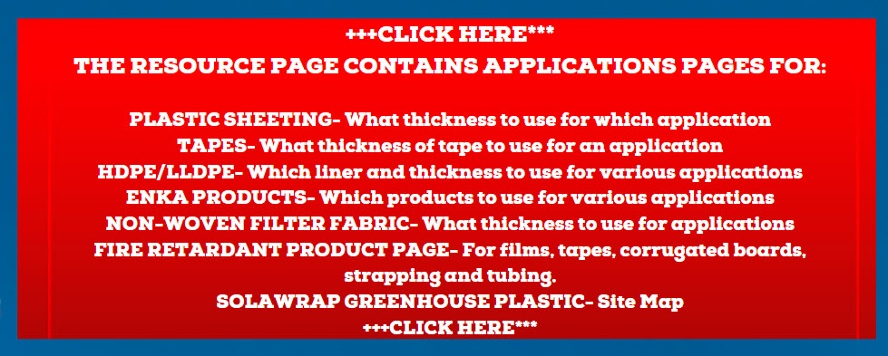Polystyrene Bee Brood Box- Greater Yields- Insulated
What is a Polystyrene Bee Brood Box?

Bees expend large amounts of energy maintaining hive temperature of 94-96 degrees F., for healthy larvae and brood development. In a traditional wood bee box, when it is cold, bees will cluster to provide sufficient warmth in the hive. When it is hot, bees will gather water and fan their wings to cool the hive.
EPS Bee Box Excelled Insulation for Bee Comfort and Production
A Polystyrene Bee Brood Box is a beehive component made from polystyrene foam, a lightweight and insulating material. It serves as a specialized chamber within a beehive where honeybees rear their brood (developing bees). Polystyrene bee brood boxes offer advantages such as excellent insulation properties, stability in varying weather conditions, and reduced condensation inside the hive. These boxes help maintain optimal temperature and humidity levels for the growth and development of bee larvae, contributing to healthier colonies and improved beekeeping outcomes.
In the intricate world of honeybee management, precision matters. Every tool that amplifies control over variables becomes a significant asset. Beaver Plastics introduces molded Langstroth beehive boxes, revolutionizing beekeeping in comparison to conventional wood. Beekeepers attest to amplified yields and superior overwintering survival rates.
Creating a Comfortable Home for Bees:
-
Proper Ventilation and Insulation: Just like humans, bees thrive in a stable environment. Adequate ventilation and insulation help maintain consistent temperature and humidity levels inside the bee box. This ensures that bees remain comfortable throughout changing weather conditions.
-
Spacious Living Quarters: Bees need space to store honey, raise their brood, and carry out their daily activities. A well-designed bee box offers enough room for the colony to expand while keeping it organized and efficient.
-
Predator Protection: Bee boxes should be designed to deter predators such as bears, raccoons, and ants. Properly designed entrances and hive locks can help keep the colony safe.
-
Easy Access to Resources: Bees need easy access to nectar and pollen sources. Placing bee boxes near diverse and abundant flowering plants ensures a consistent food supply for the colon
Discover the advantages of Beaver Plastics Langstroth beehive boxes:
-
Exceptional Insulation: Enjoy excellent insulation properties that create optimal hive environments.
-
Stable Dimensions: These boxes maintain their shape despite moisture, providing consistent performance.
-
Lightweight Build: The lightweight design ensures ease of use and manipulation.
-
Mold Resistance: Discourage mold growth for healthier colonies.
-
Long-lasting: With proper care, these boxes offer years of service.
-
Honeybee Approved: Honeybees readily accept these boxes, promoting colony health.
-
No Nail Hassles: Bid farewell to the issues of nails springing loose.
Make precision your ally and unlock superior hive management with Beaver Plastics' Langstroth beehive boxes."



